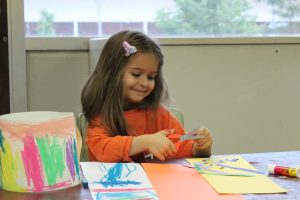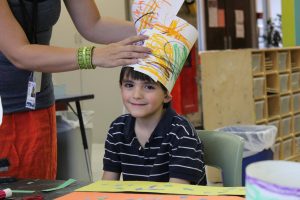Happy National Arts in Education Week from Bemis School of Art! Register to our fall classes today! http://artschool.csfineartscenter.org/
What the arts teach and how it shows:
- The arts teach children to make good judgments about qualitative relationships.
Unlike much of the curriculum in which correct answers and rules prevail, in the arts, it is judgment rather than rules that prevail. - The arts teach children that problems can have more than one solution and that questions can have more than one answer.
- The arts celebrate multiple perspectives.
One of their large lessons is that there are many ways to see and interpret the world.
- The arts teach children complex forms of problem solving.
Learning in the arts requires the ability and willingness to surrender to the unanticipated possibilities of the work as it unfolds. - The arts make vivid the fact that neither words in their literal form nor numbers exhaust what we can know.
The limits of our language do not define the limits of our cognition. - The arts teach students that small differences can have large effects.
The arts traffic in subtleties. - The arts teach students to think through and within a material.
 All art forms employ some means through which images become real.
All art forms employ some means through which images become real. - The arts help students learn to say what cannot be said.
When children are invited to disclose what a work of art helps them feel, they must reach into their poetic capacities to find the words that will do the job. - The arts enable us to have experience we can have from no other source and through such experience to discover the range and variety of what we are capable of feeling.
- The arts’ position in the school curriculum symbolizes to the young what adults believe is important.
Source: Eisner, E. (2002). The Arts and the Creation of Mind, pp. 70-92. YUP. NAEA


